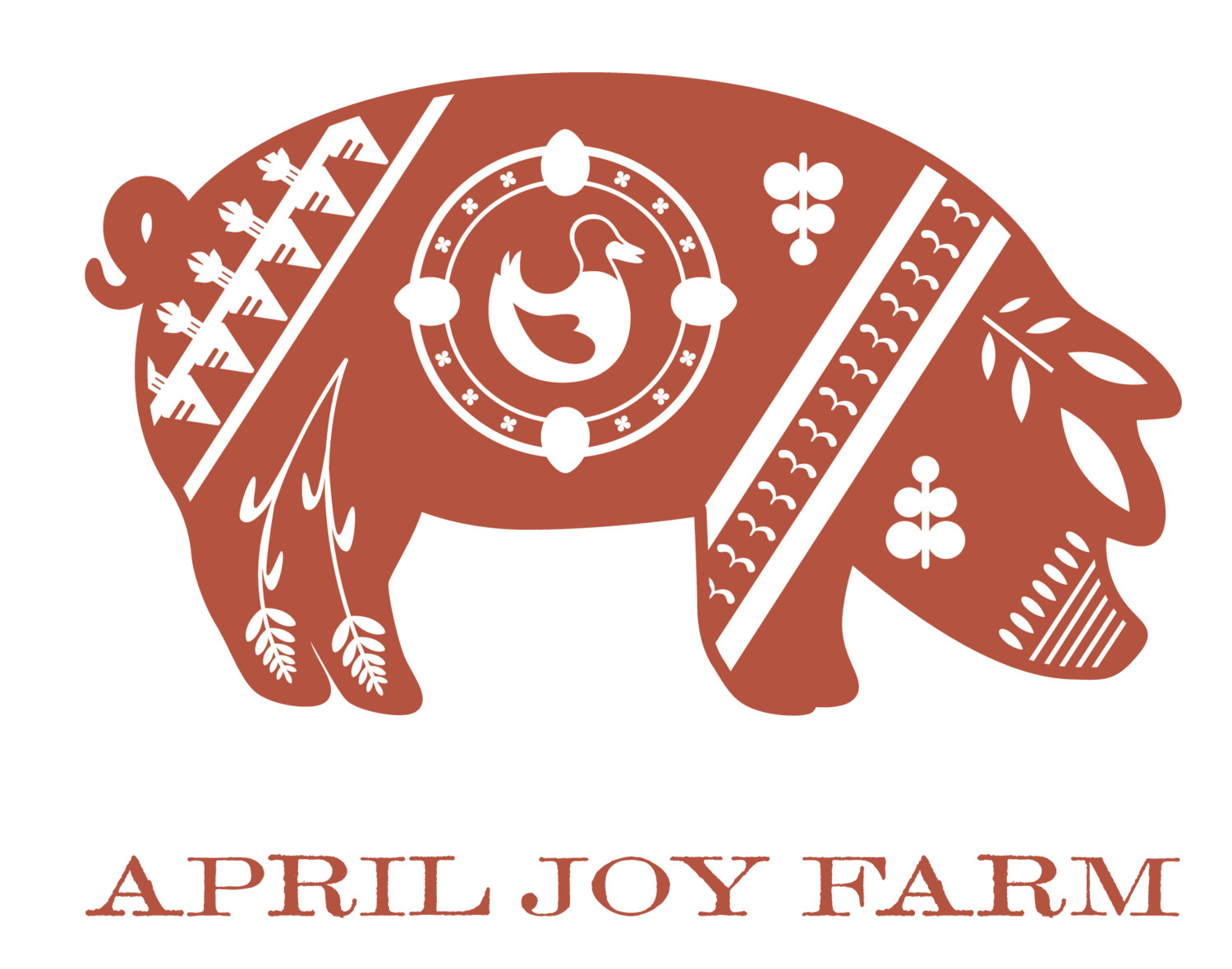Inherently Laborious
As I explained in last week’s essay, there are many advantages to transplanting crops. However, don’t think it’s all roses and sunshine! Transplanting as a practice is inherently laborious. For every plant we harvest, we usually need to sow 20% more to ensure we have adequate supply. That means if we need fifty heads of lettuce for our CSA, we must sow, water, tend and then transplant to our field sixty heads. Now remember, that’s just one crop, and only fills the demand for one week. We are typically offering our families 20 choices, and each season, we need to fill shares for 23 straight weeks. So can you see how “inherently laborious” might be something of an understatement?
Transplanting a crop requires growing young plants (seedlings). Some growers buy their seedlings from another source, but this can be cost prohibitive, so it’s more common that vegetable growers start their own transplants. That means they sow vegetable seed in flats in greenhouses, monitor the temperature and moisture to ensure successful germination occurs, then feed and water those seedlings to the right stage growth so they’re ready for life in the big world (err field).
Again, we’re talking about thousands and thousands of seeds, so it’s obvious why some market growers would want to cut corners. One of the most common ways to do so is by purchasing pre-made seedling mix. Seedling (often called potting) mix is the medium into which growers sow their vegetable seeds.*
Now, I bet you when you go to the grocery store, you instinctively read ingredient labels. I bet you’re diligent about avoiding additives, hydrogenated oils, corn syrup, fillers and other questionable things that manufacturers sneak into food products.
This is the exact same reason we never, ever use bagged potting mixes. Whatever medium we use to grow our seedlings eventually will be ‘fed’ to our soil. We can’t afford to damage, denude or contaminate this precious, living, biologically diverse asset. Plus, anything that’s in our soil stands a good chance of finding its way into our produce. We are adamant about growing healthy produce—and not just for this year or next year, but for all years to come! This means we must be equally passionate about sustaining the health and nutrient density of our soil. And likewise, as far as Brad and I are concerned, human health is literally an extension of soil health. It’s not so much that we are what we eat, it’s more like we can only be as healthy as our soil is.
Consequently, we abhor pre-packaged potting mixes. Most bags have flashy marketing stating things like ‘formulated for quick growth’ and they also list multiple ingredients I can’t pronounce let alone decipher, along with a string of chemical fertilizers, and sometimes even color dyes. Two very common ingredients are wetting agents and bulking materials, which are code for a) a polymer (also termed a surfactant) applied to the mix to increase water absorption and b) discarded wood products from unknown sources that serve no nutritional purpose. Wetting agents supposedly save growers time watering their plants, but I’m not convinced. Wood products are typically added to potting mixes because they are cheap and heavy. I can tell you for certain that vegetables don’t thrive in a soil laden with wood chips.
Bagged potting mixes are akin to boxed cake mixes; for the sake of our seedlings, our soil and our families, at April Joy Farm we stick with the inherently laborious route-- we only bake from scratch. One hundred percent of the annual transplants grown at our farm are seeded in a freshly prepared mix composed of nine carefully vetted, certified organic ingredients. Over the course of one season, we will handle over 3 tons of material. Wow!
Taking the inherently laborious route isn’t just a philosophical nicety. It’s one of the essential elements of our success. We don’t cut any corners when it comes to our seedlings because as the foundation of our pest and disease management program, this strategy pays big dividends. Year after year, Brad and I can see that the more care and effort we put in at the earliest stages of plant growth, the healthier and more robust our seedlings are. Our farm raised plants have top notch immune systems and thus thrive once transplanted into healthy soil - no further pest or disease intervention is typically required. Do you know how many pest and disease chemicals we use at our farm? One. Kaolin clay is a naturally occurring mineral that can also be found in toothpaste. Do you know how many times we’ve applied kaolin clay in the last three years? Once. And to how many crops? One.
We like raising our plants with all the integrity and love we can, and then stepping back to watch each crop connect to the soil, grow and thrive. And that’s really the best part of it all- witnessing the entire cycle from tiny seeds to abundant harvests, and watching these miraculous post-transplant transformations unfold from afar, without having to stage a lot of stressful (and often unsuccessful) interventions. That means your produce is as genuinely pure as we can possible grow it.
For many of us, eating a meal we prepared from scratch provides a deep sense of satisfaction. And growing food in the most careful, exacting way possible?
Well, for us, all this laboriousness is deeply-- inherently, nourishing. ~AJ
*You’ll never hear me use the term soil applied to any bagged product because soil is a living, dynamic organism that is the antithesis of the denuded, inert, and lifeless bags of supposedly “organic potting soil” sold at big box and nursery supply stores. Let’s be clear: humans make mixes, only nature makes soil.
“Always remember that you are absolutely unique. Just like everyone else.”



